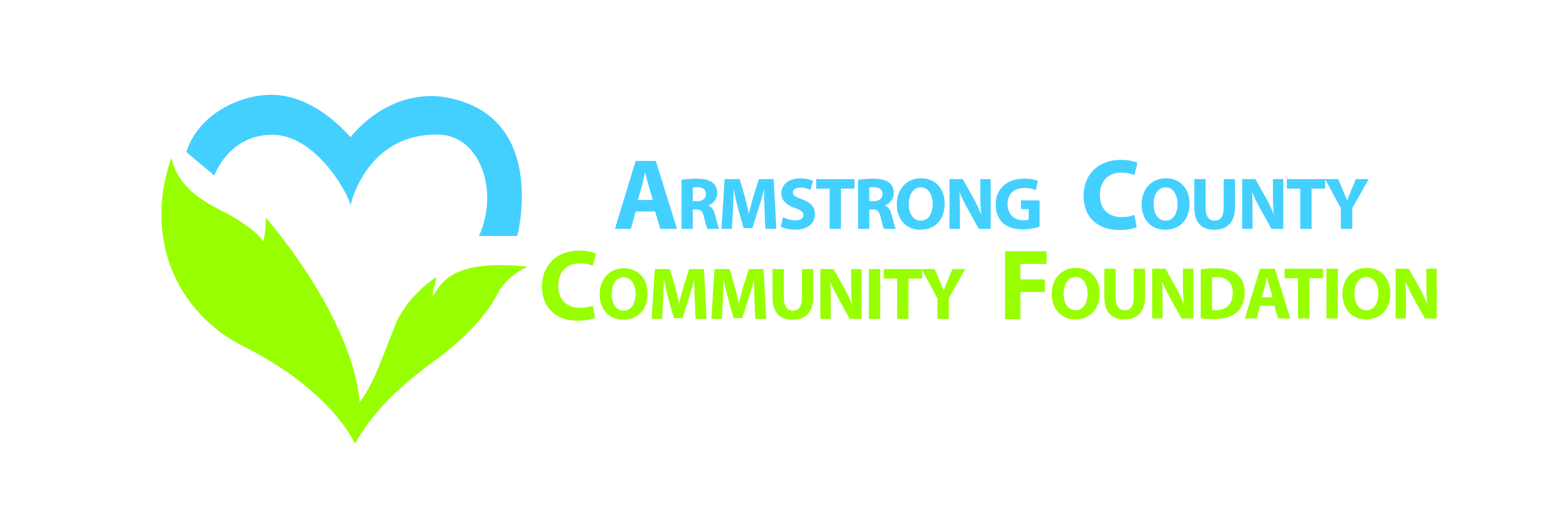Granting Priorities & Guidelines
The Community Foundation makes grants and gifts according to the priorities and guidelines set forth below.
Grant requests that fall outside of these guidelines may not be funded or acknowledged. The determination of meeting the criteria of the Foundation rests solely with the Board of Directors. The Foundation typically makes grants to tax exempt entities and for purposes other than to simply fund operational costs.
Our Priorities
In keeping with its mission, the Community Foundation invests in organizations and programs that benefit our residents and that build vibrant and healthy communities. Reflecting the special responsibility of a community foundation, the Foundation is open to a wide range of requests that strengthen our communities and provide opportunities for our residents. The Community Foundation challenges creative partners in our community to suggest the best way to address problems that result in long-term solutions.
The Community Foundation makes grants in the following areas:
Arts & Culture
Includes the enjoyment and understanding of visual, literary, performing and other art forms. These program areas might enhance:
- Access to and awareness of the arts
- Capacity and stabilization of arts and culture organizations
- Creative and educational experiences of children and adults
- Increased appreciation of the arts
Community/Civic Affairs
Community engagement, community capacity building and economic development, job training, volunteering, public safety, community quality of life, and historic preservation. These program areas might enhance:
- Workforce development
- Neighborhood quality of life
- Strong communities
- Citizen awareness, participation and volunteerism
- Economic well-being
Education
Formally constituted educational institutions and organizations or activities that administer or support those institutions; libraries; organizations whose primary purpose is to provide opportunities for supplementing and continuing education and related services to students and schools outside the framework of formal education institutions. Includes the continuum of learning: early childhood, preschool, primary and secondary grades, higher education, vocational education, and continuing and adult education as well as parent training, library services, and adult literacy. These program areas might enhance:
- Educational attainment of children and adults, in both traditional and nontraditional settings
- Access to learning opportunities
- Work force development
- Strategic initiatives of area schools, colleges and universities
Health
Includes the improvement of the physical and mental health status for persons of all ages; access to and quality of treatment services; promotion of health and wellness; promotion of the efficient use of healthcare resources; disease prevention and improved health outcomes. These program areas might enhance:
Health care for the poor and the uninsured
Access to health services
Community members in addressing local health needs
Healthy rural communities
Health safety net for uninsured and underserved persons
Human Services
Includes the support of family and individual development; emergency services; parenting skills; human services for children and adolescents; independent living and non-medical services for the elderly and individuals with disabilities; and addresses the basic needs required by all and the special needs required by a few. The program areas might enhance:
- Agencies that deliver critical human services
- Socio-economically disadvantaged
- Basic needs such as food and shelter
- Services that develop skills and independence of people with special needs, including those with addictions, physical disabilities, and mental illness
- Preventive care
- Development of the family unit
